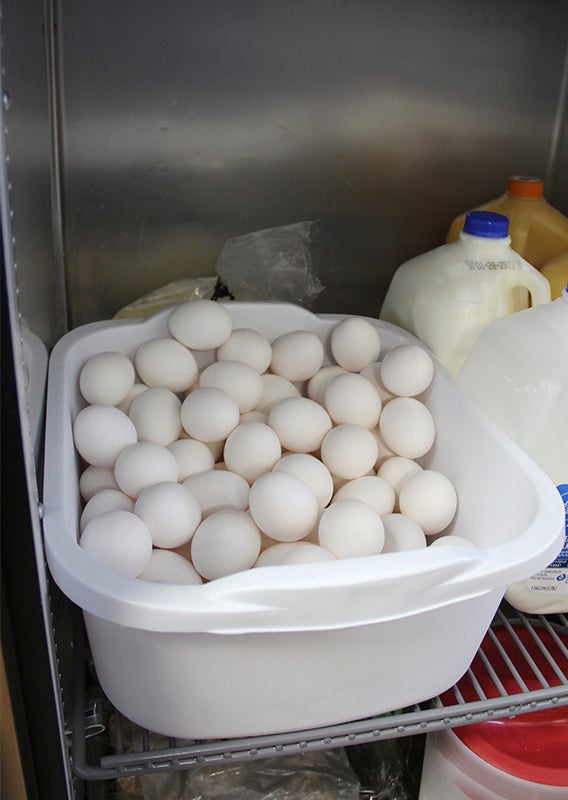University of Minnesota considers restricting public access in 70 campus buildings
Published 9:40 am Thursday, July 13, 2023

- Dylan Anderson, right, and his father Dan Anderson leave Pioneer Hall after bringing a load of things up to his dorm room at the University of Minnesota in Minneapolis, Evan Frost/MPR News 2020
|
Getting your Trinity Audio player ready...
|
The University of Minnesota is considering restricting entrance to 70 of its open access buildings as part of a plan they say will improve security on the Twin Cities campus.
According to a statement from the university, school officials have been discussing building entrance changes periodically since the COVID-19 pandemic “in light of safety goals and concerns from our community.” The statement said public safety staff are discussing the changes with deans, individual building leadership and the Office of Classroom Management.
The buildings targeted for reduced access are those with limited need for public use, Senior Vice President for Finance and Operations Myron Frans said during a Board of Regents meeting Wednesday morning. Changes will not impact open access to public events or common public spaces like libraries, museums, and student unions.
About half of the university’s estimated 280 buildings currently require U card access. U cards are available for all students, staff and faculty.
“It depends on the nature of the building, the use of that building, the particular circumstances surrounding that. So it’s a very detailed, very process-oriented experience,” Frans said.
Frans said violence on other college campuses influenced the university’s decision to bolster building security.
“(The incident at) Michigan State sort of tells us to close as many buildings as we can from outsiders,” Frans said. “And on the other hand, it’s a public university, and we want access — we want people there. The main thing is for all these buildings, if you’re a student, a staff or faculty and you have your U card, you can get in under the right hours. But we’ll continue to communicate that more broadly.”
Among other measures, the university will install turnstiles at the entrance of Pioneer Hall, a residence hall, for the incoming school year. Additional staffing and security cameras also aim to improve safety at the dorm.
“The pilot program will include working closely with staff and students at Pioneer Hall to get their feedback and their experience with the turnstiles to determine whether we should expand this to other areas,” Frans said.
The university’s Housing and Residential Life will complete a broader security assessment this fall to identify additional staffing and safety measures for dorms on the Twin Cities campus.



